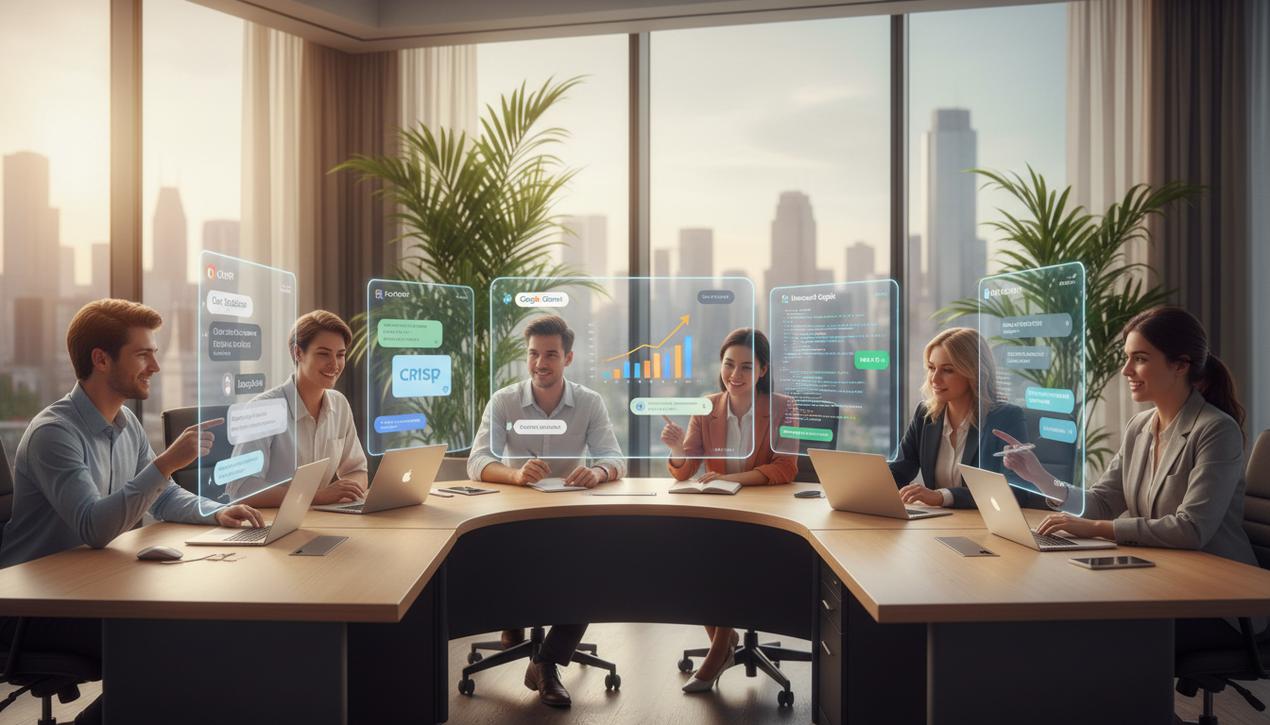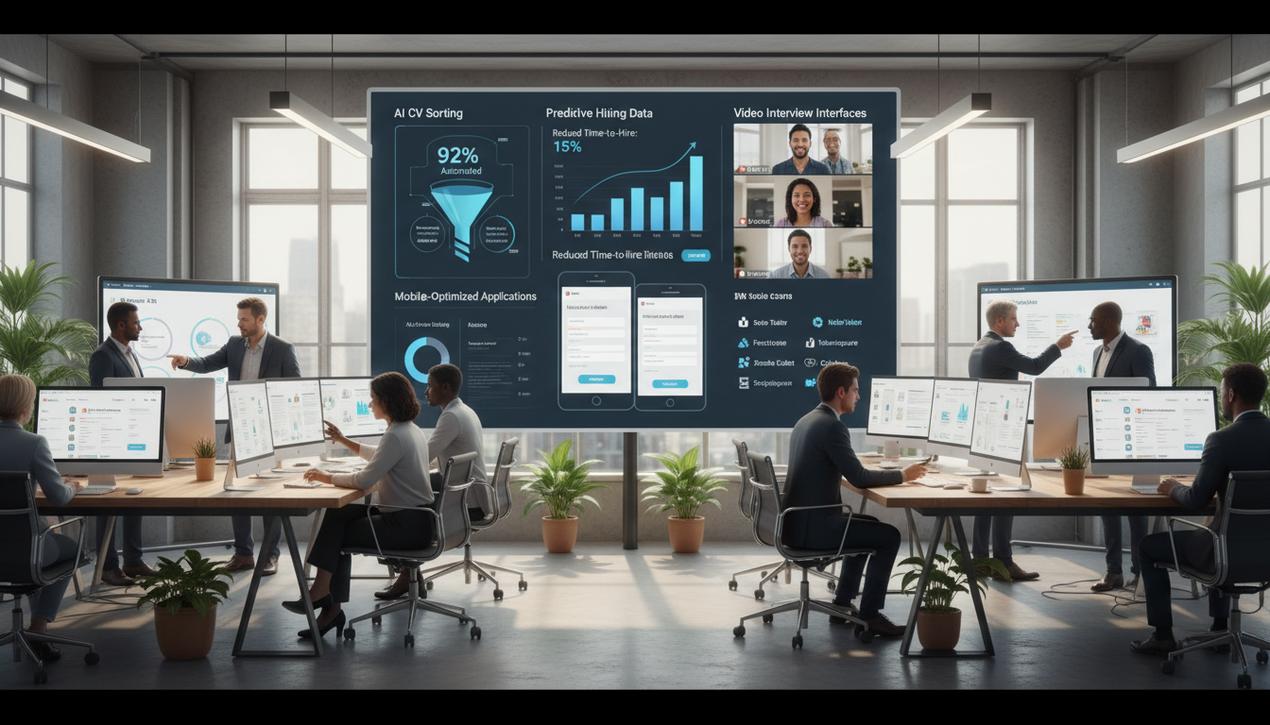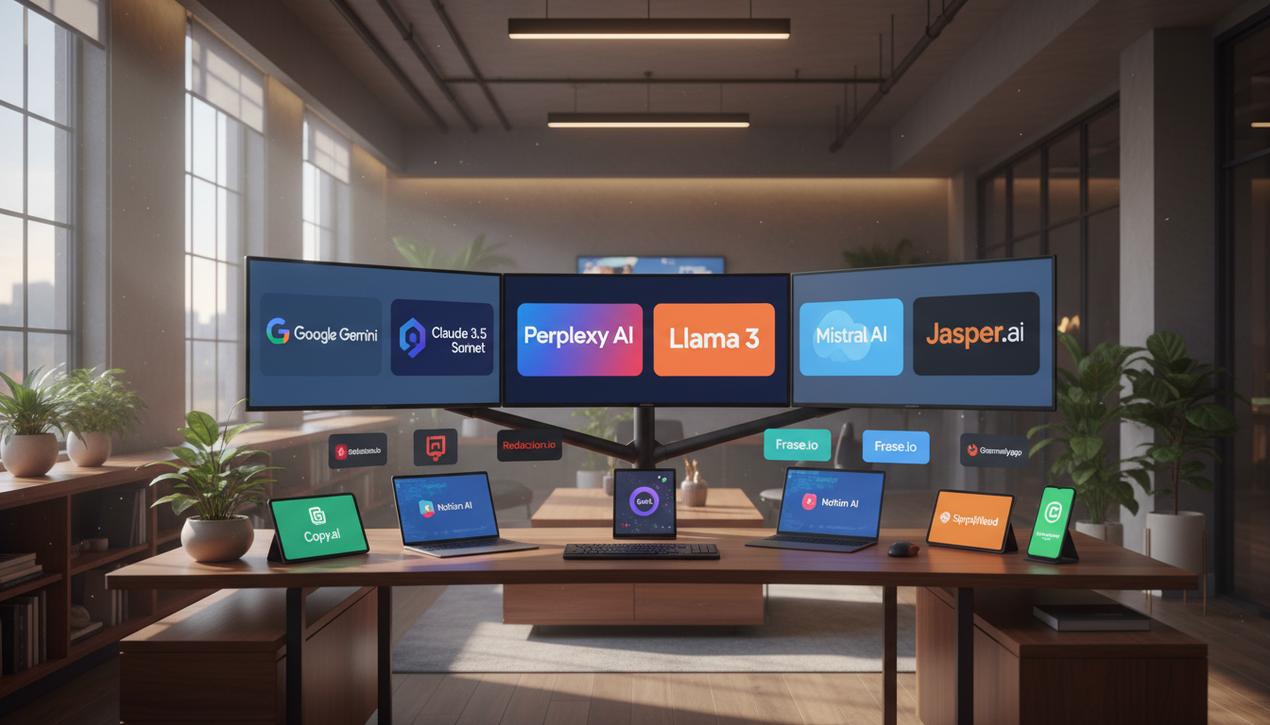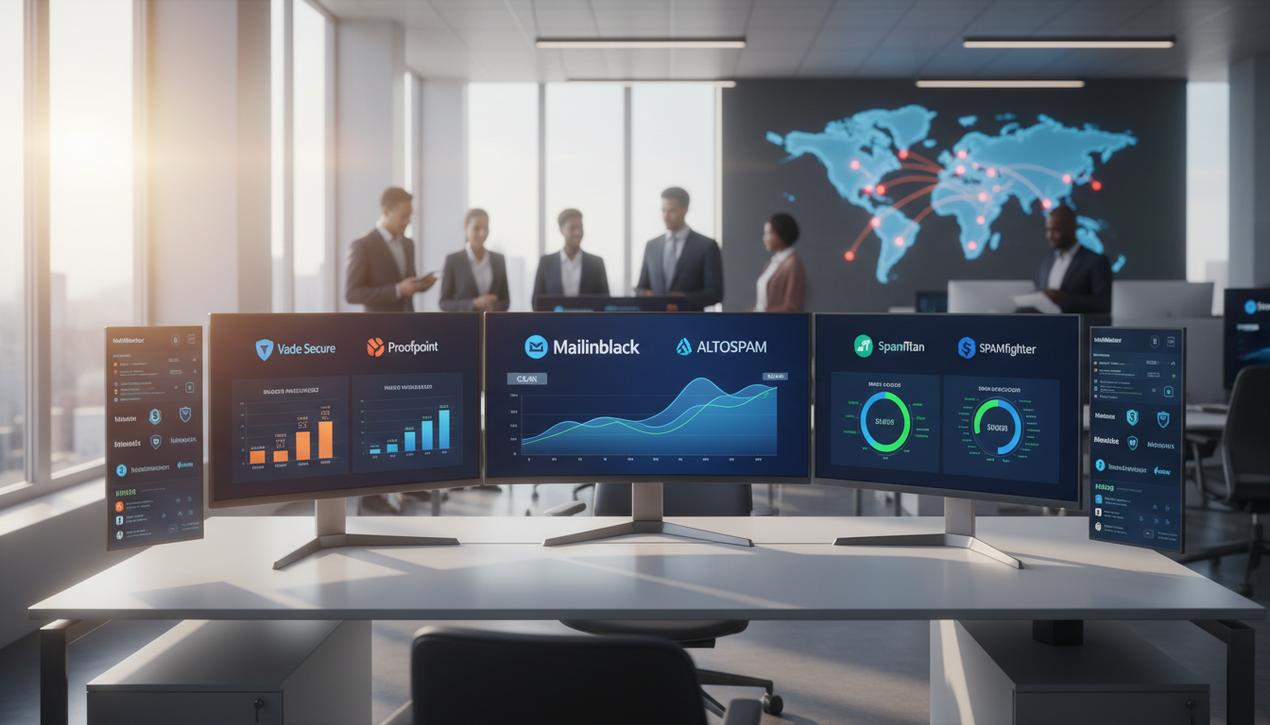Crafting Your 2025 IT Policy: 12 Essential Clauses
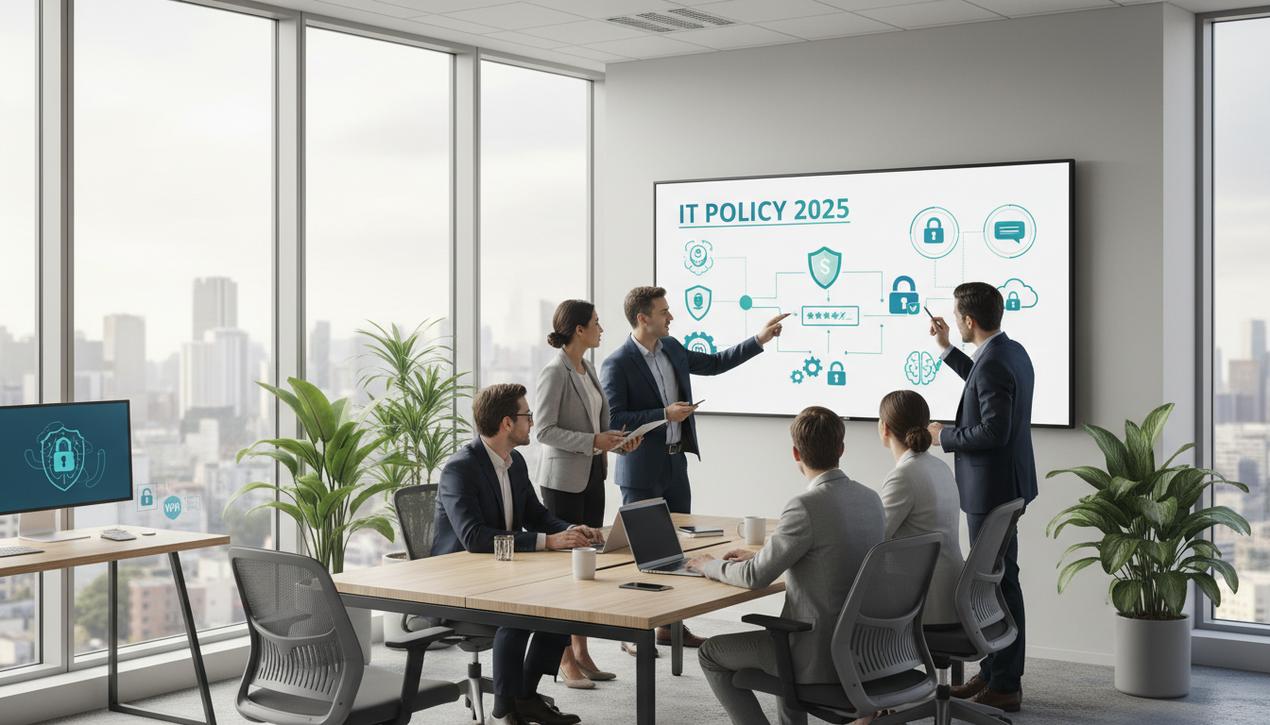

In the age of digital transformation, a company IT policy is no longer a mere administrative formality. It is a strategic pillar for the security and productivity of any business. In 2025, as small and medium-sized enterprises (SMEs) face a growing barrage of sophisticated cyber threats, neglecting this document is like leaving the front door wide open. The statistics are alarming: nearly 88% of all data breaches are caused, at least in part, by human error. Furthermore, with the cost of breaches initiated by phishing attacks averaging over $4.9 million, a well-designed IT policy is your first line of defense. This foundational document establishes clear rules for the use of information systems, hardware, and software. Recommended by data protection authorities worldwide, it outlines employee rights and responsibilities, defines the boundary between professional and personal use, and strengthens your cybersecurity culture. This comprehensive guide details why and how to write an effective IT policy, including the 12 essential clauses you must include.
Why an IT Policy is Crucial in 2025
Far from being a bureaucratic hurdle, an IT policy is a critical investment in your company’s longevity. It addresses major challenges related to security, legal compliance, productivity, and the management of tech resources in an increasingly hybrid work environment.
A Legal Shield and a Clear Framework
An IT policy has undeniable legal value. When attached to an employee handbook or employment contract, it becomes legally binding. This means that in the event of a violation, the company can legitimately apply disciplinary sanctions, which may include termination for gross misconduct. It serves as a clear reference document for everyone: employees, managers, contractors, and partners. Everyone knows what is permitted, reducing ambiguity and potential disputes.
Strengthening Cybersecurity Against Modern Threats
This is its most vital role. With insider threats and credential misuse accounting for the majority of security incidents, the IT policy acts as a primary defense. It educates and trains employees on best practices: how to create strong passwords, recognize a phishing attempt, secure a connection while working remotely, and who to contact in case of an incident. By formalizing these rules, you transform every employee into a strong link in your security chain.
Optimizing Resources and the IT Budget
Your IT infrastructure—servers, software, licenses, and workstations—represents a significant budget. The policy helps govern the use of these resources to prevent abuse and optimize their return on investment. For example, it can prohibit the installation of unauthorized software that could consume bandwidth or create security vulnerabilities. By guiding employees toward the efficient use of company-provided tools (like CRM or ERP systems), it enhances overall productivity.
Standardizing Practices in the Hybrid Work Era
Remote work has become the norm for many organizations. This flexibility introduces new risks: connections on less secure home networks, potential sharing of equipment with family, and more. The IT policy establishes a common set of security rules that apply whether an employee is at the office, at home, or traveling. It ensures a consistent security posture and protects the company network from external intrusions.
The 12 Indispensable Clauses for Your IT Policy
To be comprehensive and effective, your policy must cover all aspects of information system use. Here are the 12 essential points to address in your document for optimal protection.
1. Use of Company and Personal Equipment (BYOD)
This clause must clearly define the rules for using company-provided equipment (laptops, smartphones). It must also address the sensitive topic of Bring Your Own Device (BYOD). If you allow personal devices for professional purposes, you must establish a strict framework: mandatory antivirus installation, separation of professional and personal data, and the company’s right to remotely wipe corporate data.
2. Password and Authentication Policy
A fundamental clause. It must impose specific rules for creating and managing passwords: minimum length (12-14 characters recommended), complexity (uppercase, lowercase, numbers, symbols), periodic renewal, and a strict ban on sharing or writing them down. Crucially, integrate guidelines on multi-factor authentication (MFA), which has become an essential security standard.
3. Internet Access and Social Media Use
Accessing the internet at work is a necessity, but its use must be reasonable. The policy can prohibit visiting illegal or inappropriate sites and limit access to bandwidth-heavy platforms like video streaming services. Downloading files from untrusted sources must be strictly forbidden. It should also define a clear policy on social media use, reminding employees of their duty of confidentiality and prohibiting the disclosure of sensitive company information.
4. Email Usage Policy
Email is a primary vector for cyberattacks, even when using one of the top free email clients available. The policy must emphasize rules of caution: never open suspicious attachments, always verify the sender, and do not transmit sensitive information without encryption. It should also clarify the distinction between professional and personal emails. Employees are generally entitled to private correspondence, provided it is clearly marked (e.g., in the subject line or a “Personal” folder).
5. Remote Access and Teleworking
With hybrid work, this clause is essential. It must mandate security measures for connections outside the office: mandatory use of the company-provided VPN, a ban on connecting to unsecured public Wi-Fi for sensitive tasks, and the requirement to lock sessions when away from the device.
6. Software Use and License Compliance
For security and legal reasons, employees must only install software that has been approved and provided by the IT department, including specialized software creation tools. Using pirated or unlicensed software is illegal and exposes the company to heavy fines and security risks. The policy must formally prohibit this.
7. Data Management, Backup, and Archiving
Where should data be stored? On company servers or in an approved cloud environment—never locally on an unsecured device. This clause defines best practices to ensure data integrity and availability, specifying backup procedures and document retention periods according to legal requirements.
8. Physical Security of Equipment
An often-overlooked point. The policy should remind employees of common-sense rules: lock computers when leaving their desk, even for a moment; do not leave sensitive documents unattended; and secure equipment during travel to prevent theft. For mobile devices, enabling locking via a passcode or biometrics must be mandatory.
9. Incident Response Procedure
What should an employee do if they suspect they’ve clicked a phishing link or lost a company USB drive? The policy must outline a clear incident response procedure: who to contact immediately (e.g., the IT helpdesk or CISO), what information to provide, and the initial steps to take. Rapid response is key to containing an incident.
10. Artificial Intelligence (AI) Usage
In 2025, the use of generative AI is a workplace reality. It’s imperative to govern its use. This clause should specify which AI tools are permitted, prohibit submitting confidential company data to public AI platforms, and remind employees they are responsible for the output. This helps prevent data leaks and copyright issues.
11. Monitoring and Control Measures
Employers have the right to monitor employee activity, but this is strictly regulated by laws like GDPR. The policy must transparently inform employees about any monitoring systems in place (e.g., web filtering, connection logs), their purpose, and their duration, all while respecting privacy regulations like GDPR, which includes using one of the top cookie consent tools, and consulting with employee representatives where required.
12. Sanctions for Non-Compliance
To be effective, the policy must explicitly state the range of sanctions for violations: from a formal warning to suspension or even termination for gross misconduct. These sanctions must be proportionate to the severity of the breach.
How to Deploy and Maintain Your IT Policy
Writing the policy is just the first step. For it to be effective, it must be adopted by everyone. A successful deployment relies on involvement, communication, and ongoing training.
- Involve Your Teams: Don’t write the policy in an ivory tower. Organize workshops with representatives from different departments to understand their workflows and constraints. A co-created document will always have better buy-in.
- Communicate Clearly: Hold a meeting to launch the new policy. Explain its purpose not as a “big brother” tool, but as a guide designed to protect the company and the employees themselves.
- Train and Educate: Accompany the rollout with engaging, practical training sessions on cyber risks. Simulated phishing campaigns, for instance, can help test and improve team vigilance in a tangible way.
- Schedule Regular Reviews: The threat landscape is constantly changing. Plan an annual review of your policy to adapt it to new technologies used by the company (like AI) and the evolving tactics of cybercriminals.
- Make It Accessible: The policy should be easy for everyone to find at any time. Post it on the company intranet and make it a key part of the onboarding process for new hires.
Creating an IT policy is a strategic project that protects your company, your data, and your employees. It should not be seen as a set of restrictions, but as a guide for the smart and secure use of the powerful tools technology provides. By keeping it updated and regularly training your teams, you build a lasting culture of security—an absolute necessity to thrive in the 2025 digital landscape.
